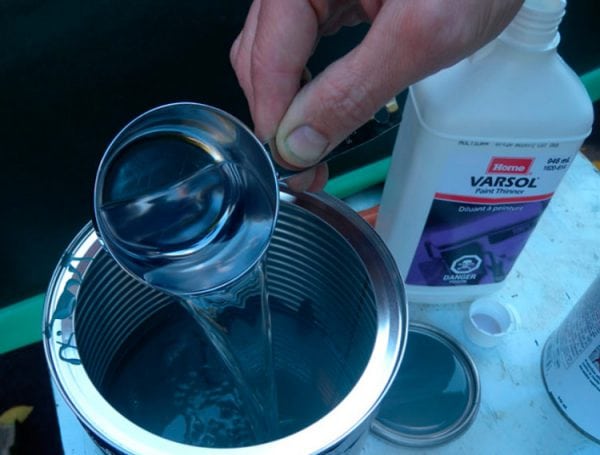Acrylic varnish is popular because of its quick setting and drying, ease of use, decorative appeal. Only a special solvent can remove such a coating. Usually the substance is already diluted and ready to use. But what if it is a pasty type of material or it is slightly thickened and reaches for a brush? How and how to dilute acrylic varnish?
- Types of acrylic based varnishes
- Waterborne Acrylic Varnish
- Organic Solvent Acrylic Varnish
- The difference between dilute and dissolve
- Recommendations for working with acrylic varnish
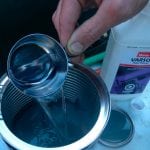
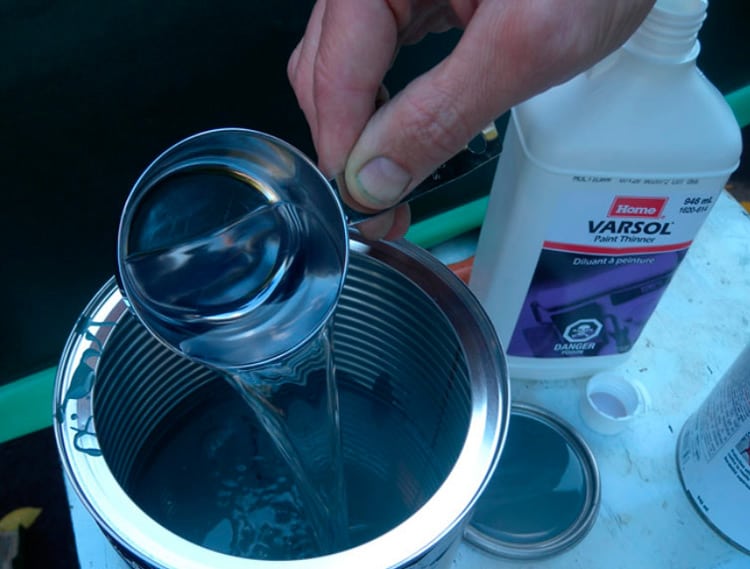
Acrylic varnish is a high-quality aqueous dispersion of acrylic resins used as a decorative protective coating for wood and other materials. The elastic, strong film formed on the surface reliably protects the base from mechanical damage and the influence of physical media.
to contents ↑Types of acrylic based varnishes
Acrylic is the name of polymeric materials based on derivatives of acrylic acid, the simplest representative of carboxylic acids. The clear liquid has a pungent odor. Acrylic is soluble in water, chloroform, ethanol, diethyl ethers. Pure material has excellent physical and technical characteristics:
- not affected by temperature;
- resistant to ultraviolet radiation;
- in joints acquires good strength;
- has a number of positive mechanical features.
To get paintwork to create a decorative protective coating, a special organic solvent or water is added to the acrylic. The composition, where organic solvent is added, can be used for varnishing not only wooden, but also metal, glass, stone surfaces.
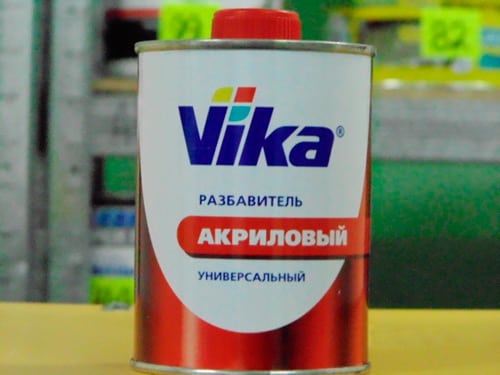
Waterborne Acrylic Varnish
This varnish is as environmentally friendly as possible, applicable for interior use. It emphasizes the natural texture of wood (in case it is parquet, furniture, caisson, panels, etc.). It is applied easily, dries in a matter of hours, and has excellent adhesion. The finish coating is strong, durable, slightly susceptible to abrasion, the influence of physical and chemical environments. It has excellent decorative qualities.
If the aqueous dispersion of acrylics thickens or the mixture was too viscous immediately, it can be diluted. Aqueous solvent up to 5-10% of the total mass of varnish is allowed - without loss of material properties.
It is not recommended to mix this type of paints and varnishes with other types of parquet chemistry. It is forbidden to use them as a solvent, drying oil, gasoline, acetone, white spirit and other organic eluents.
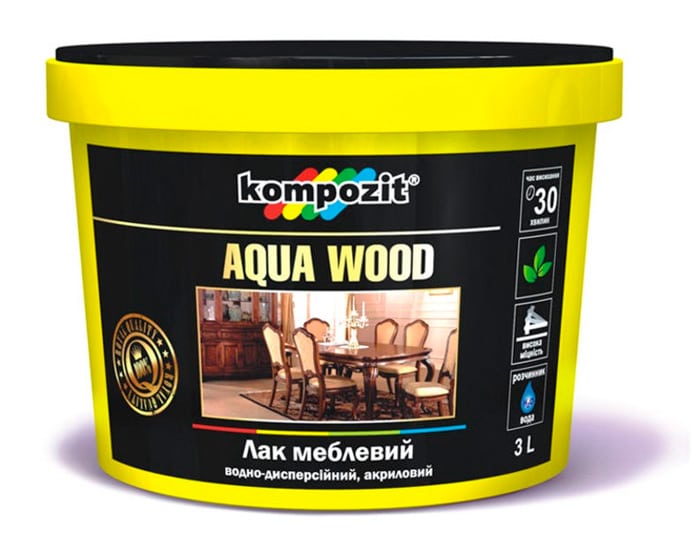
Organic Solvent Acrylic Varnish
The solvent here is a mixture of esters, ketones, aromatic hydrocarbons.Sometimes plasticizers are part of the solution. The resulting protective film is quite strong, does not turn yellow over time.
From the technical characteristics, good adhesion with the base, water resistance, smooth application can be distinguished. It is possible to apply material for external and internal works. Unlike waterborne varnishes, this group of materials has a characteristic odor, which can be noted as a drawback. But after complete drying of the varnish, this defect is eliminated.
In order to wash the painting tool after work or to dilute the thickened acrylic varnish, you need a strong solvent. Usually this is turpentine or another universal eluent. It is recommended to apply the product in 2-3 layers. Moreover, for applying the first layer, acrylic varnish based on organic solvents must be diluted by 30%. This is necessary to enhance the wear resistance of the protective coating.
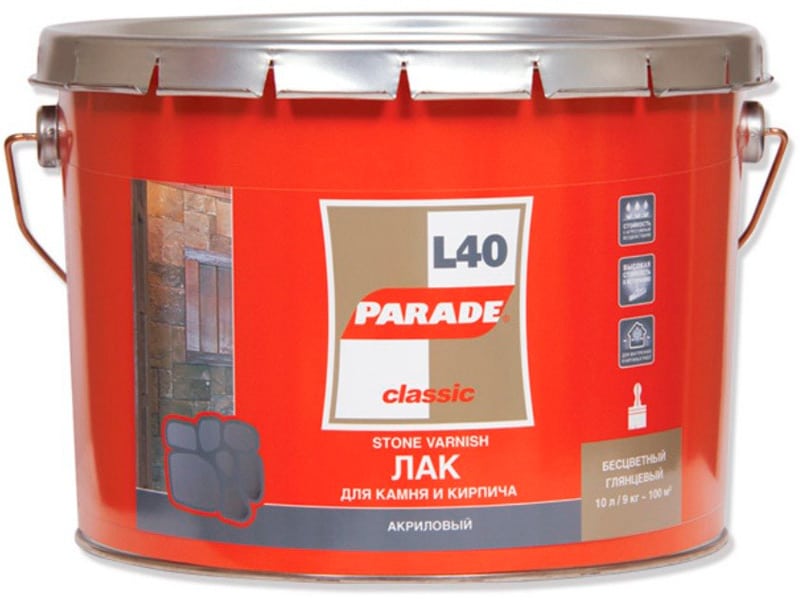
Acrylic varnish is classified by composition and decorative properties. The composition can be one-component (only acrylic base) and two-component (acrylic and polyurethane). By decorative signs (additives), it can be glossy, matte and semi-gloss.
to contents ↑The difference between dilute and dissolve
A significant difference between the means: solvents affect the hardness of the lacquer substance, diluents affect its viscosity. In order not to spoil the material, you need to know what dilutes and dilutes with what.
Water-based materials can be diluted with water or glycol ether. Dissolve with xylene, glycol ether, combined solvent. Formulations based on organic solvents are diluted with toluene, turpentine, and those types of eluents that are already contained in the varnish.
to contents ↑Recommendations for working with acrylic varnish
- Before starting work, the substance in the bank should be thoroughly mixed, especially if pigment is present in the composition.
- Do not neglect personal protective equipment, even if it is a water-dispersible (odorless) composition.
- Humidity should not exceed 50%. The surface to be treated must be clean, dry, not greasy.
- For application, you can use a traditional painting tool: brush, roller.
- The solvent for aqueous dispersions is pure water only. So that the paint and varnish material does not lose its properties and does not affect the natural structure of wood, the permissible maximum water is no more than 10%.
- The base (water or organic solvents) must be combined with the base primer, tinting and other parquet chemistry used in the work.
Acrylic paints and varnishes are used not only during construction and finishing works inside and outside the premises. They are also widely used in the manufacture of furniture and interior items. Often, artists (decorative-applied, painting, sculpture) use special acrylic compositions of varnishes. The material is valued for its excellent physical and technical properties, decorative appeal, reliability and durability.




